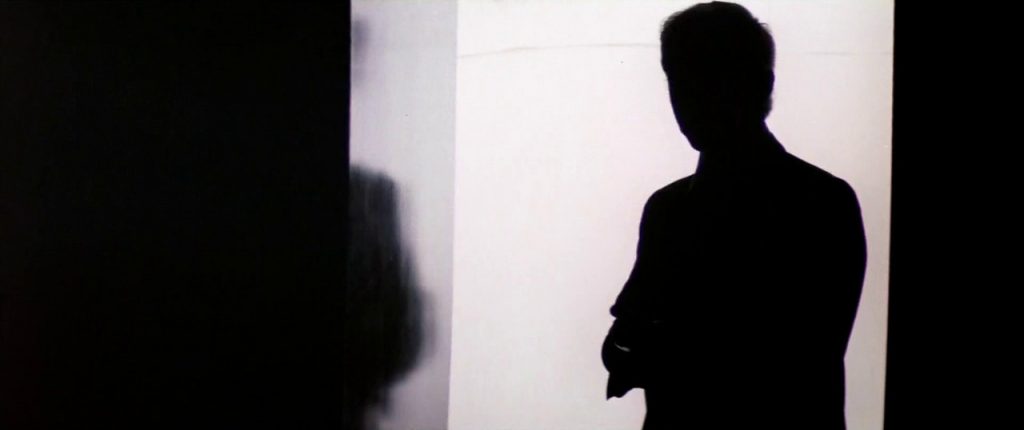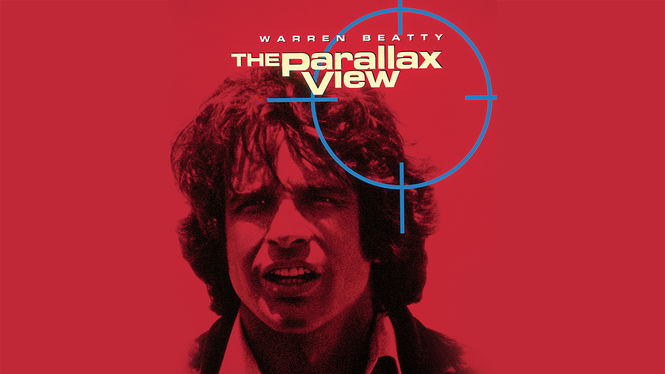The Parallax View (1974).
[The Parallax View is] “sort of an American myth based on some things that have happened, some fantasies we may have had of what might have happened, and a lot of fears a lot of us have had . . . The Parallax View was a whole other kind of filmmaking for me”.
- Alan J. Pakula
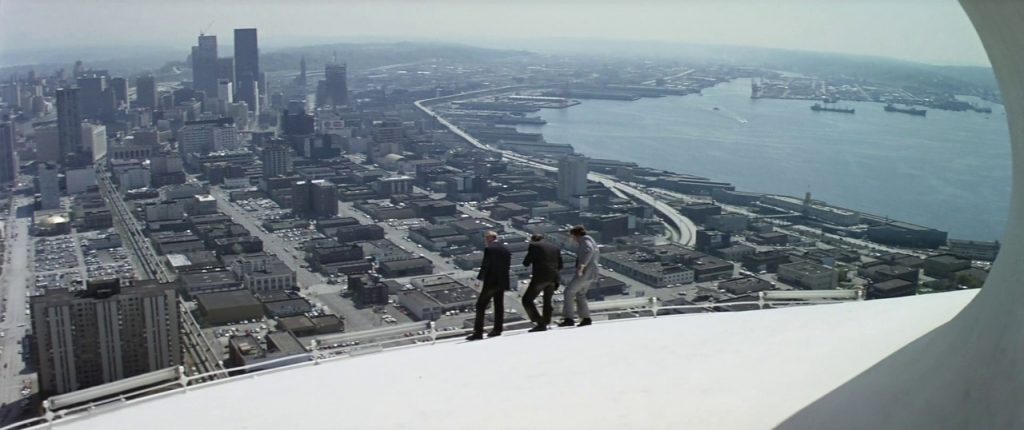
***** SPOILER WARNING *****
Director Alan J. Pakula’s 1974 film The Parallax View is one of a trilogy of thrillers he directed along with Klute (1971) and All the President’s Men (1976). Later in his career, Pakula would return to the thriller genre with Presumed Innocent (1990) and The Pelican Brief (1993) but it was this early to mid 1970s portion of his career that saw his work ride a wave in popularity of conspiracy thrillers. These gritty, bleak and bold examples of filmmaking, almost always with a strong grounding in real world political events, hit upon the general societal malaise of the time. The five years preceding the release of The Parallax View had seen the assassinations of Robert F. Kennedy and Martin Luther King, the Chicago and Watts riots, the release of the Pentagon Papers, the Watergate scandal, and the politically tumultuous conclusion to the Vietnam war. Pakula’s film, based on the source novel of the same name by Loren Singer and first published in 1970, reflected much of the tensions of the time.
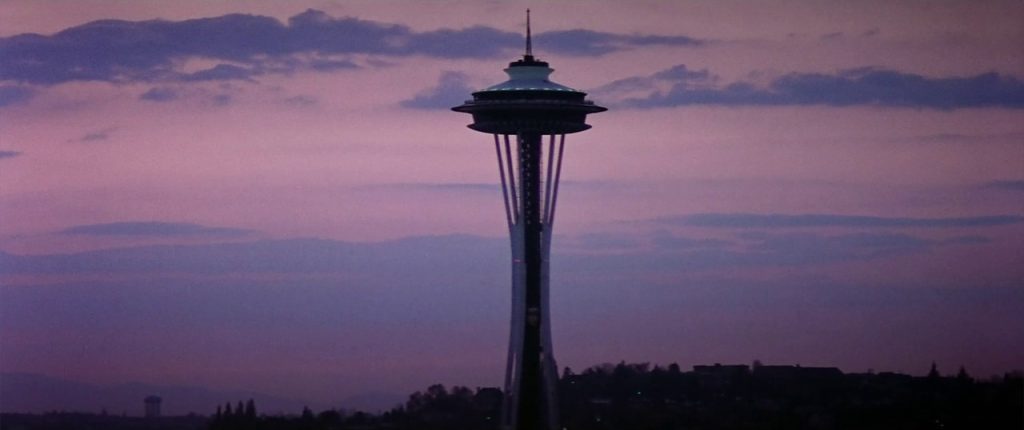
The film’s star, Warren Beatty, had campaigned for Robert F. Kennedy in 1968 and Kennedy’s assassination was a clear inspiration for this story. It begins with a U.S. senator making a public appearance at Seattle’s Space Needle with a cavalcade of journalists in tow, two of whom are Joseph Frady (Beatty) and Lee Carter (Paula Prentiss) and the subsequent assassination of the senator at the hands of two gunmen. The ‘parallax’ of the film’s title refers to both the enigmatic Parallax Corporation but also the word’s literal meaning, a difference in perspective of an object when seen from differing points of view. The idea of looking at the same issue with different view points was perfectly embodied in Akira Kurosawa’s 1950 film Rashomon, and is a recurring theme of Pakula’s film. Whereas in Rashomon the event in question, the rape of a woman and the murder of her Samurai husband, is told in different ways by four characters who either committed the crime, were victim of it or witness to it, here the difference of perspective is solely that of us, the viewer. The opening Space Needle assassination demonstrates this, the camera angle on the roof making it appear that the assassin fell off the roof, but in the subsequent long distance shot of the Space Needle it can clearly be seen that the deck extends beyond the domed roof. And there’s also the question of whether we saw the assassin fall or was he pushed off in the struggle with the senator’s security detail? It’s the constant questioning of what is being portrayed versus what we perceive that permeates Pakula’s film.
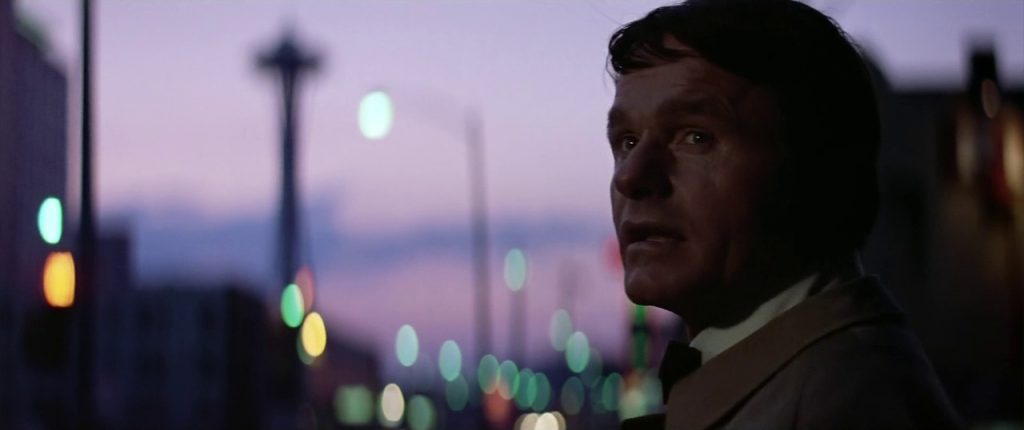
Following this we cut to the verdict of a hearing into the assassination, overlaid by the film’s opening credits, which decrees that it was the work of a lone gunman with no wider involvement implied. Then we have a three year time jump forward and catch up with Frady during a confrontation with narcotics cops. Beatty’s limited availability due to scheduling issues meant that the film had to start shooting without a finished screenplay, and it was at the suggestion of Beatty and screenwriter David Giler (Alien, Aliens) that the profession of Beatty’s character was changed from that of a police officer to a newspaper journalist and it was the every bit the right move. His disdain for the authorities and irresponsible approach to his work is abundantly demonstrated and it’s the unwavering paternal support of his boss, Bill Rintels (the ever brilliant Hume Cronyn), that just about keeps him on track. A prior struggle with alcoholism is mentioned and the disheveled journo he portrays is worlds away from the clean cut professionalism of Woodford and Bernstein.
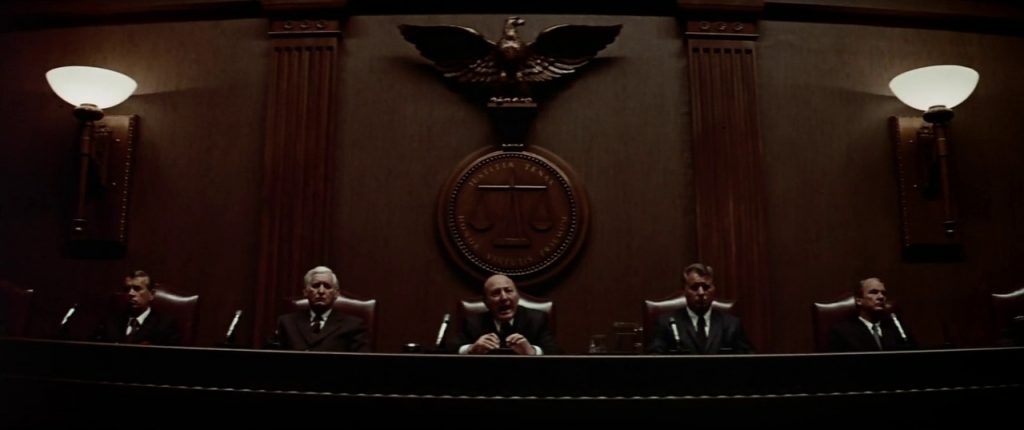
Frady is then visited by Lee Carter. A prior relationship is suggested between them and a distraught Carter pleads with Frady for help and tells him of her concerns that of the 18 people present at the assassination three years earlier, 6 have died with more to follow, herself included. It’s here that the otherwise tight plot comes a little unstuck for me. As we discover, those present at the assassination are indeed being picked off, and it’s in the very next scene that we find that Carter has died behind the wheel, her system filled with medication and booze. My issue here is that if the systematic clean up of witnesses is due to a fear of one or more of them recalling something that unravels the truth behind the shooting, then surely waiting three years to kill just two thirds of them smacks of a lack of urgency on the part of those involved. There’s a deficiency of what I feel would be some welcome plot detailing here. What exactly is the loose thread that would unravel the truth that’s causing those responsible to need to kill everyone off? This is something that’s implied but never elaborated upon or satisfactorily followed up later on.
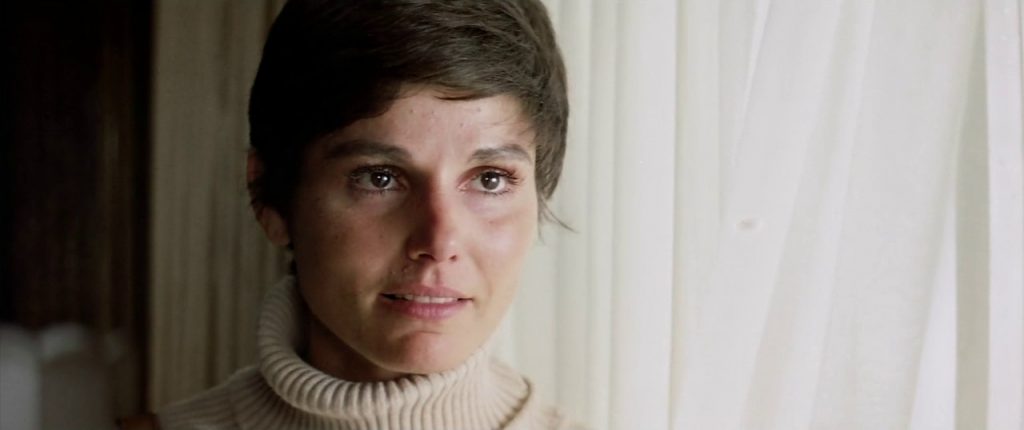
This is a minor gripe however and quickly the film moves up a gear and the previously disbelieving and dispassionate Frady quickly forms the view that darker forces are at play and seeks to find the dead senator’s political advisor Austin Tucker, a lead provided by Carter before her death. The small rural town that Frady’s investigation leads him to is somewhat reminiscent of “Jerkwater USA” from First Blood with its bullish law enforcement. Following an amusingly protracted bar fight with the local deputy, Frady visits a hydroelectric dam where one of the knocked off witnesses met their end. The seemingly helpful sheriff arrives as Frady is doing a spot of fishing mid investigation and brings him lunch. It’s this little moment of kindness that perfectly sets up what follows as the blaring klaxon warns of the dam releasing water. We’re led to believe that this is a demonstration set up by the sheriff to aid Frady in his understanding that the death he’s investigating was unlikely to have happened as innocuously as the newspapers reported, but what is in fact happening here proves to be one of the film’s most effective rug pull moments of nail biting tension. Some snooping around the sheriff’s home leads to a crucial discovery pointing Frady in the direction of the Parallax Corporation and then a car chase through ‘Jerkwater’, another thing that reminded me of First Blood, and some well needed action that films of this period often lack.
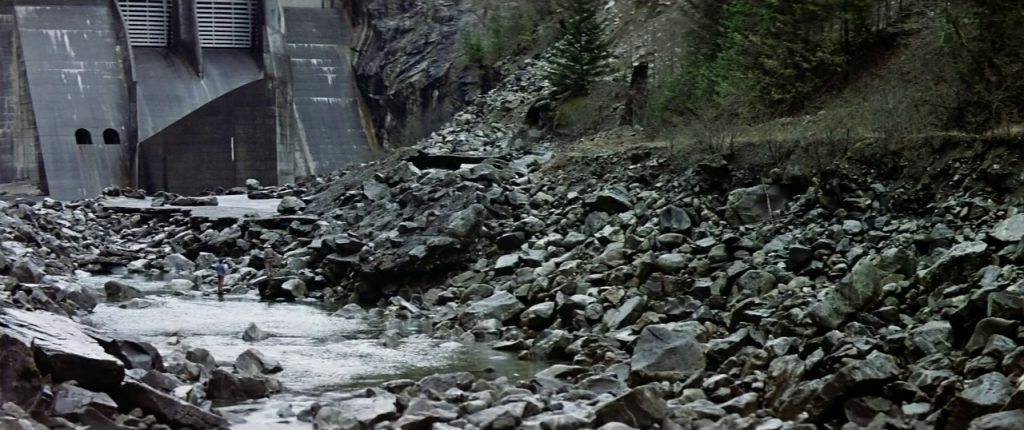
What follows is Frady’s realisation that the mysterious Parallax Corporation are recruiting would-be assassins through a form of psyche-evaluation questionnaire that identifies those with the requisite characteristics. Frady now evolves from a journalist to a full-on detective, a spy even, as he traces, tracks and cleverly thwarts the assassination plans of Parallax before infiltrating them and posing as one of their puppets. He’s onto them, he’s one step ahead of them and he’s close to… but wait, this is a mid-seventies conspiracy thriller about skewing the viewer’s perspective and all may not be as it seems.
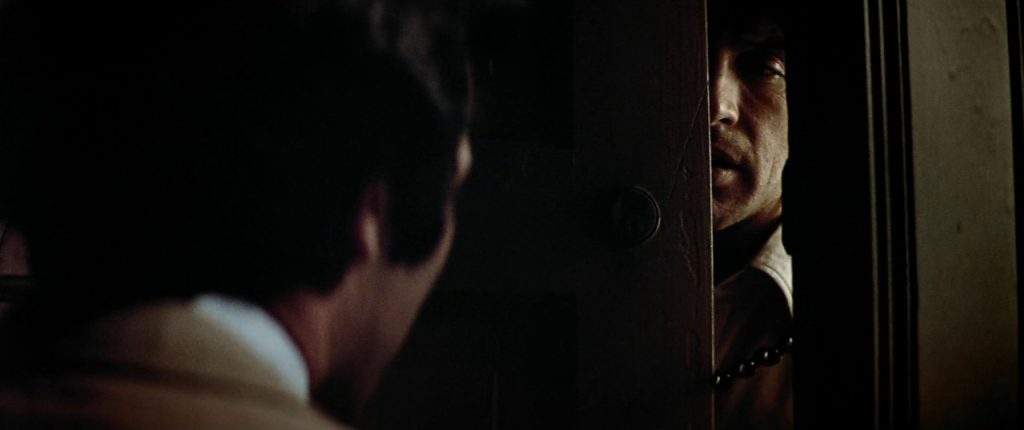
This is very much Beatty’s film. There’s no ensemble and everyone else involved are purely supporting players to the film’s star and it’s one of his strongest performances. The way he mixes cool menace with an almost detached scattiness when masquerading as a sociopathic candidate for Parallax in front of one of the organisation’s recruitment agents is one of many examples of Beatty’s often under appreciated acting prowess. He imbues Frady with a world weary distrust and is very much the type of character that would fall headlong into a self perpetuating investigation into some dark conspiracy such as this. He’s the perfect candidate to infiltrate Parallax given that he’s capable of being slyly coercive but also occupies the fringes of law and order and has that journalistic curiosity to bend rules and take great risks to uncover the truth. There’s a sense of danger to him, he’s like a coiled spring, a burning fuse and he could erupt into violence at any moment, this is all complemented by that winning smile and Beatty charm.
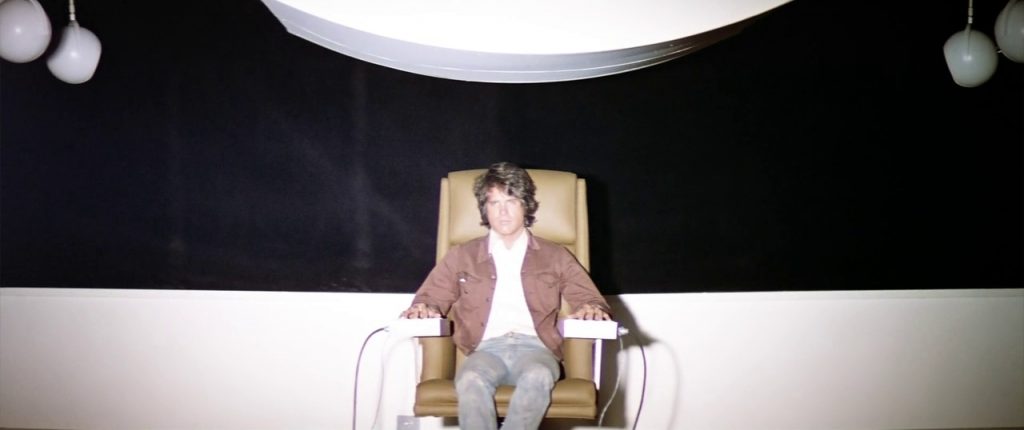
The other star of the film is Gordon Willis’ stunning cinematography. The same man who lensed The Godfather and its sequels, as well as Pakula’s own Klute and All The President’s Men, makes incredible use of some of Seattle’s striking architecture that straddles both modernism and brutalist styles and often posits Frady as a vulnerable organism set amongst the harsh, straight line concrete jungle often shot at imposing angles. By way of contrast, interiors such as that of Rintels’ office and the faux apartment Frady occupies during his ruse, have a grubby, lived-in feel to them. The film really is a visual treat throughout.
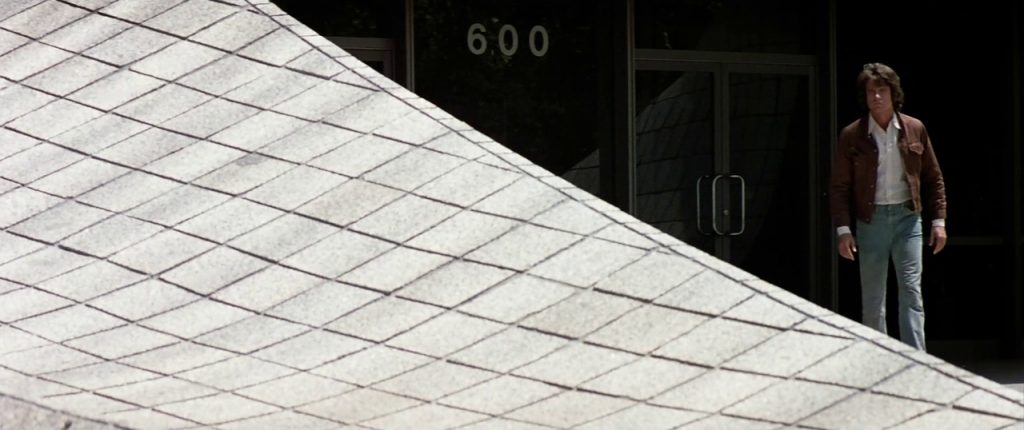
Unlike other 1970s conspiracy thrillers, The Parallax View’s central tenet of an obscure organisation whose primary enterprise is political assassination is somewhat fanciful in its conception. There’s no direct link made to any governmental plot or specific political endgame here, Parallax’s customer base is never revealed. Who are they killing on behalf of? Who’s the ultimate power at play here? Pakula’s film does its utmost to play to the audience’s feelings at the time of distrust in government, the media and a pervading sense that the truth of the world we live in is just an idea, some vague concept that will always elude us. These concepts and ideas give The Parallax View a prescience that means it still feels relevant today. It’s the film’s ultimate ambiguity, the questions that go unanswered and those that it posits that give it such tantalising substance all coupled with an ending that’s every bit as bleak as some of the genre’s best offerings.
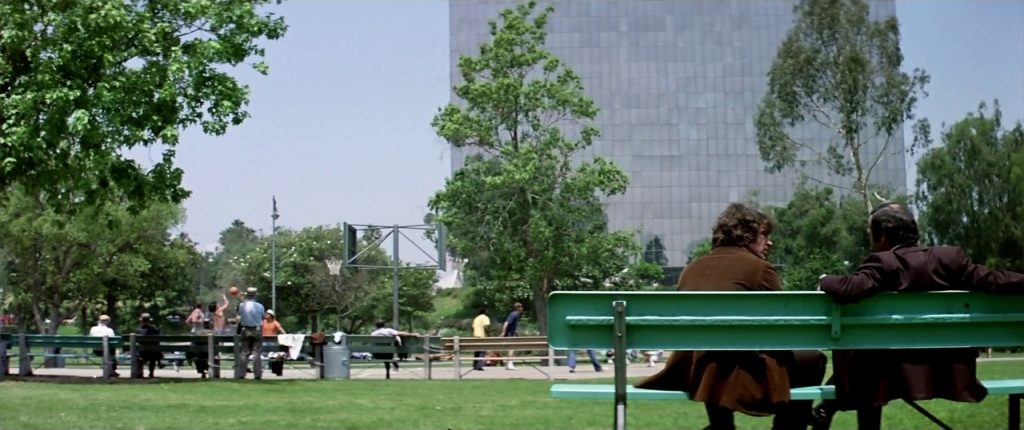
Pakula’s film isn’t perfect and as discussed, there are some elements of the plot that are evidence of the film being shot when the script was still being scrambled together. That said, there’s still more than enough truly great stuff here to ensure that it earns the status as one of the best thrillers of the seventies, to be included amongst the likes of The Conversion (1974), Three Days of the Condor (1975), Marathon Man (1976) and Pakula’s sublime All The President’s Men (1976). If you’ve not seen it, I implore you to seek it out as well as those others mentioned. Now more than ever, society is rife with distrust of governments and a feeling that all is not right with the world. But for those expecting a comforting balm to soothe such feelings, they may want to look elsewhere. The Parallax View could be seen as employing such conspiratorial ideas to an exaggerated, almost hyperbolic degree, then again it could be more uncomfortably close to the truth than we’re willing to accept. It’s all dependent on your point of view.
Film ‘89 Verdict – 9/10
